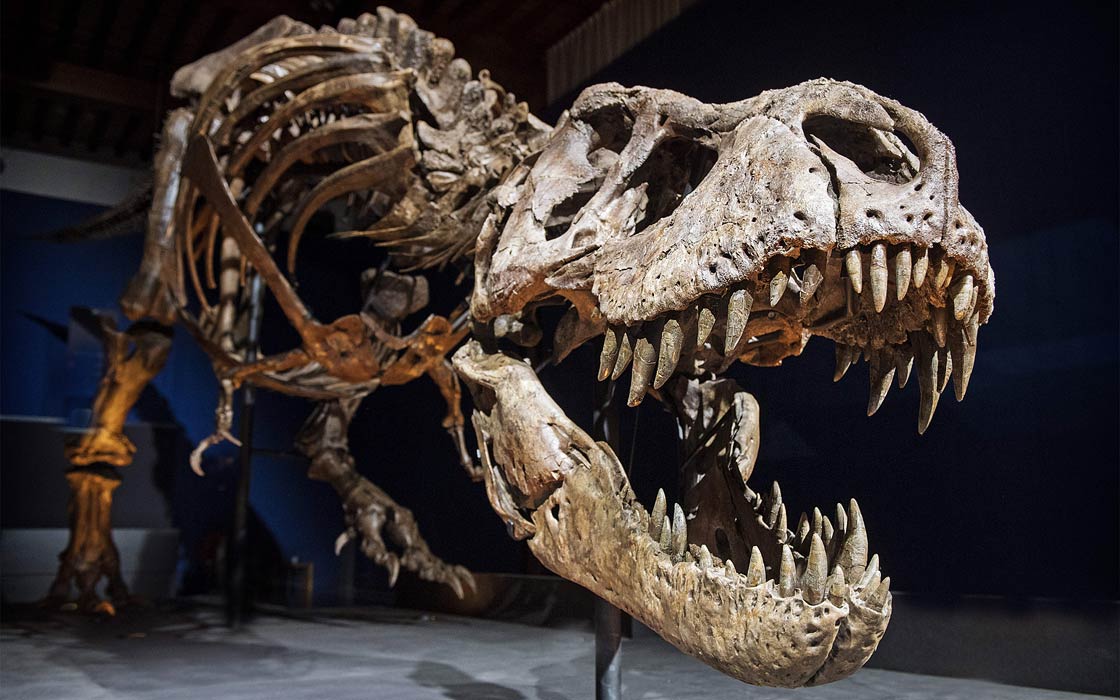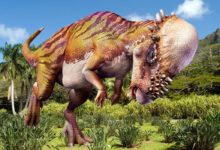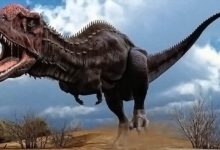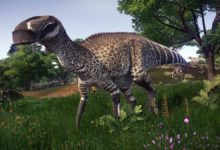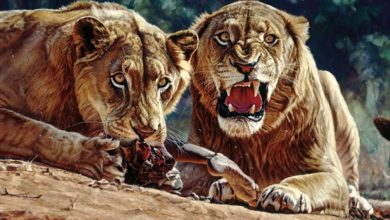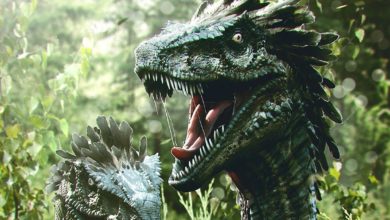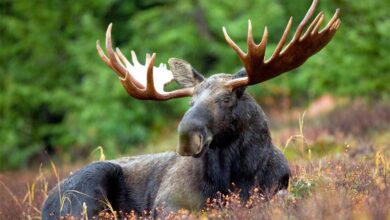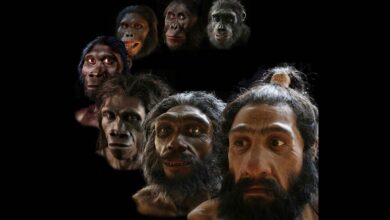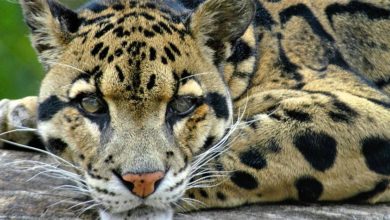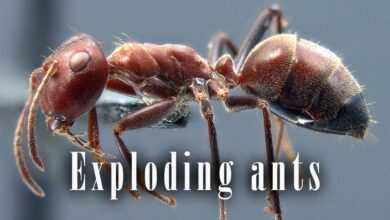Dinosaur graveyards – Excavations of dinosaurs
Dinosaur excavation
Dinosaur fossils are now known from all continents – including Antarctica – and come from rock strata that are between 66 and 245 million years old. Dinosaur fossils have been found for thousands of years. In China, for example, they were interpreted as dragon bones. The scientific study of dinosaurs began in England in the 19th century.
The group name ‘Dinosauria’ was coined in 1842 by the anatomist Richard Owen, who united three genera under this name. In the second half of the 19th century, a large number of genera were described, especially from North America, which came to light as a result of the famous “bone wars” fought between the two rivals Othniel Marsh and Edward Cope. Today, important discoveries are also made in many other regions of the world, including India, Argentina, Madagascar, Antarctica and especially China. Since the 1970s, research on dinosaurs has been conducted intensively in the course of the dinosaur renaissance.
The remains of dinosaurs are known from all continents, but the richest finds come from the land:
- China
- United States of America
- South America
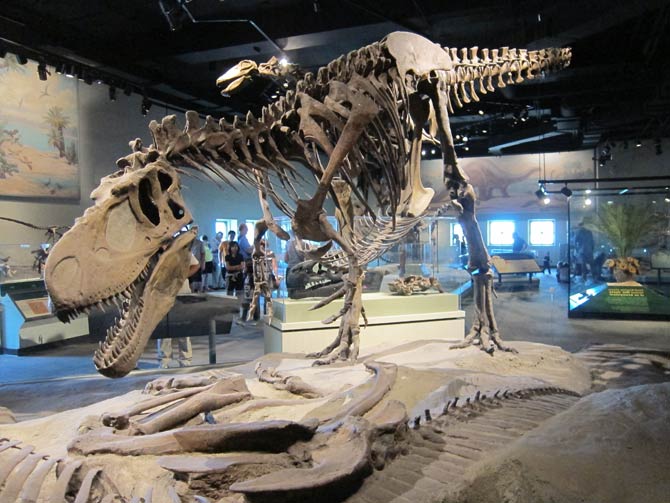
Dinosaurs in Europe
Dinosaurs have occurred all over the world. Their remains are known from all continents. In Europe, they are found mainly in:
- England (first finds of Iguanodon and Megalosaurus remains, for which Richard Owen coined the name of dinosaurs in 1842)
- France (first finds of dinosaur eggs in Provence in the middle of the 19th century
- Belgium (the famous find of the remains of several dozen dinosaurs in the Bernissart mine at the turn of the century)
- Germany (Triassic Plateosaurus; Jurassic Compsognathus and Archaeornithes in the Bavarian Solnhofen, famous for its wonderfully preserved fossils)
- On the Pyrenean Peninsula.
- Dinosaurs also inhabited Polish lands (the Opole region and the vicinity of the Świętokrzyskie Mountains).
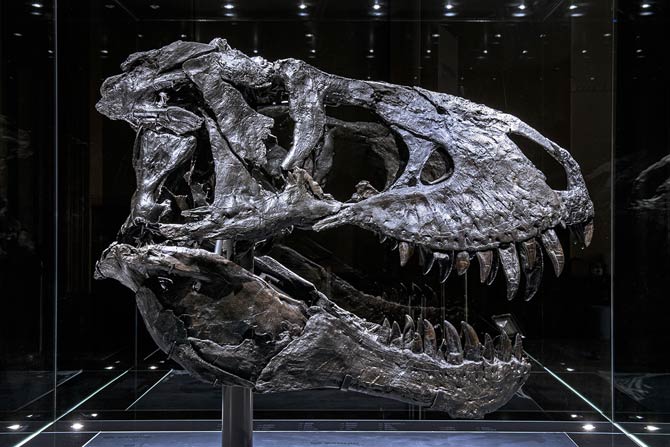
Dinosaurs in Asia
The rich finds of dinosaurs come from Asia. In China, “dragon bones” (ground into powder was considered a medicine) were already recorded in ancient chronicles. The Zigong area has provided hundreds of skeletons. One of the most modern “dinosaur” museums was erected above the cemetery.
Dinosaurs are also known from India, Southeast Asia and the Gobi Desert in Mongolia.
Dinosaurs in Africa
Africa has provided magnificent finds in Tendagur (Tanzania), as well as in the Sahara in Niger and the south of the continent.

Dinosaurs in North America
The western part of North America, known from the mid-nineteenth century, is the area of search for dinosaurs. In Canada, UNESCO has designated part of the Red Deer River Valley (Dinosaur Provincial Park) as a World Heritage Site, where there are “dinosaur” deposits of Upper Cretaceous rocks. Over 400 skeletons representing 35 species of dinosaurs have been found in this area, making it one of the richest sites in the world.
Massive accumulations of horned dinosaur remains (triceratops, probably drowned during the crossing of a swollen river) were also discovered here.
In addition, 75 species of fish, frogs, salamanders, turtles, lizards, alligators and crocodiles, flying reptiles, birds and mammals have been identified in the Red Deer River Valley. In 1985, the largest dinosaur museum in the world was built in the city of Drumheller: the Royal Tyrrell Museum of Paleontology.
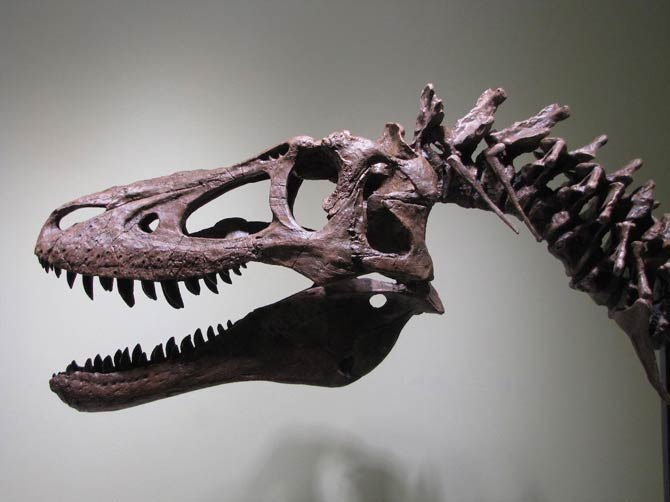
Othniel Charles Marsh and Edward Drinker Cope
The famous era of dinosaur research in America is linked to the construction of the Union Pacific railway. In the summer of 1877, the famous dinosaur explorer Othniel Charles Marsh, received a letter from two of its employees informing him that they found bones of gigantic proportions near the railroad site.
Marsh was known as an enthusiastic geologist and, perhaps more importantly in this case, a wealthy man. It turned out that the workers had indeed found a place very rich in dinosaur remains.
The Morrison area near Denver became one of the richest sources of dinosaur excavations from the Upper Jurassic, as the composition of the local rocks is conducive to the preservation of their fossil bones. Within a few years, workers working for Marsh collected huge collections of dinosaur bones, which were sent to Marsh and rival Edward Drinker Cope for examination and description.
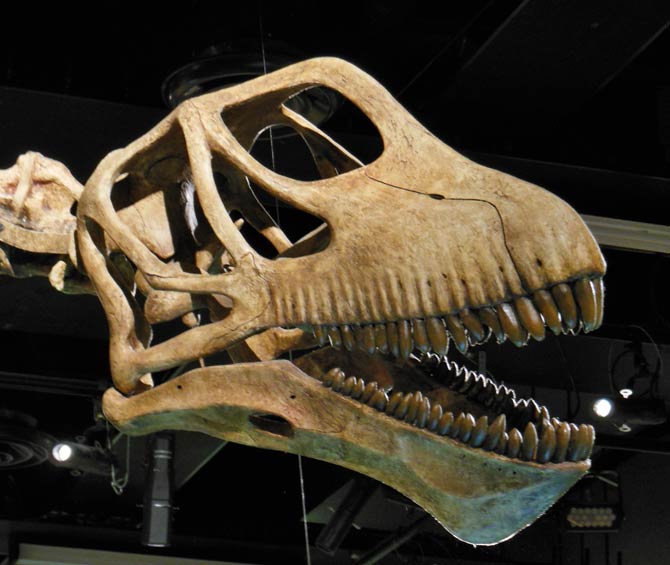
Excavations
In some cases, rivers have carried the bodies of dinosaurs great distances and deposited them on the sands of their lower reaches. These huge layers of bones, the most famous of which are protected at Dinosaur National Monument in Utah (it is a huge museum hall where specimens are excavated), provided thousands of skeletons, single bones of dinosaurs and other animals at that time, such as fish, frogs, turtles, crocodiles, flying reptiles and mammals.
Other known fossil sites of American Jurassic dinosaurs include Como Bluff in Wyoming, Ghost Ranch in New Mexico, with a massive accumulation of Coelophysis debris, the Cleveland-Lloyd Dinosaur Quarry in Arizona with numerous Allosaurus remains, and a Cretaceous exposure called Egg Mountain in Montana, where it was discovered breeding colonies of duck-billed dinosaurs.

South America
Recently, unusual finds of dinosaurs have been provided by South America, especially Argentina. The oldest, most primitive known dinosaurs (Herrerasaurus, Eoraptor and armored sauropods such as the Saltasaurus) come from there. A huge breeding colony of sauropods was also found in Patagonia.
Australia
Also in Australia, bone remains and numerous dinosaur tracks have been preserved. Closely related to the Australian ones were Antarctic dinosaurs, known so far from a few finds.
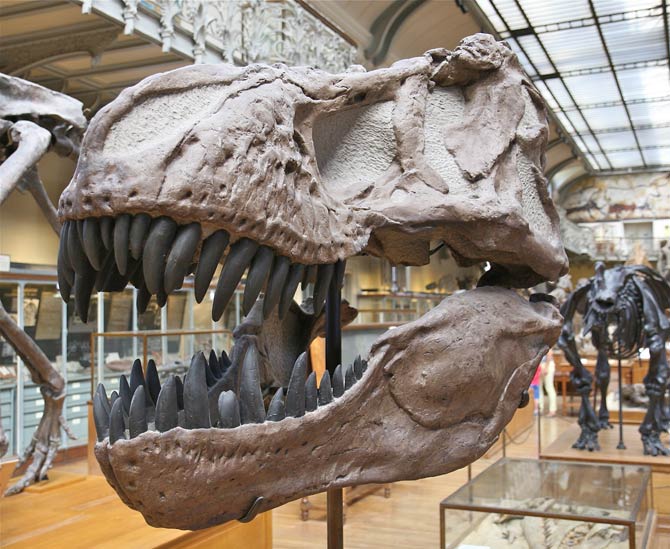
Recommended
- The longest dinosaurs. Sauropods Top 10
- The heaviest dinosaurs – Top 10
- The longest predatory dinosaurs. Theropods Top 10
- The heaviest predatory dinosaurs Top 10
- The longest Ornithischians (Ornithischia) TOP 10
- The heaviest Ornithischians Top 10
- The largest raptors (dromaeosaurs) Top 10
- The heaviest Dromaeosaurids / dromaeosaurs – Top 10
- The longest Ankylosaurus Top 10
- The heaviest Ankylosaurus Top 10
- The longest ceratopsians
- The heaviest cerapsians
- The longest and largest ornithopods
- The heaviest ornithopods Top 10
- The longest Stegosaurians (Stegosauria) TOP 10
- The heaviest Stegosaurians (Stegosauria) Top 10
- The smallest sauropods Top 10
- The smallest dinosaurs Top 10
- The largest pterosaurs Top 10
- Dinosaurs
- Dinosaurs database
- Predatory dinosaurs
- Animals & dinosaurs records
- The fastest animals – Top 100
- The fastest birds – Top 10

